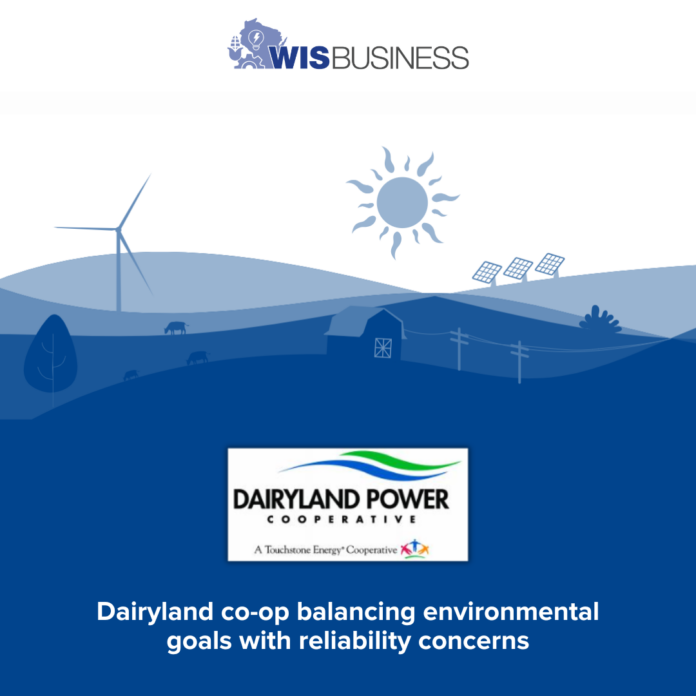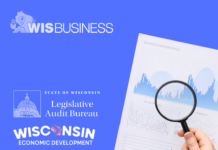Dairyland Power Cooperative is striving to balance environmental goals with energy reliability as it plans for the clean energy shift, according to a top executive.
John Carr, vice president of strategic growth for the La Crosse-based co-op, spoke yesterday during a webinar hosted by UW-Madison’s Wisconsin Public Utility Institute.
“We think addressing the climate change is critically important, but we can’t do that and sacrifice reliability,” Carr said. “So making sure that we’re moving forward in a planned, thoughtful and measured way is how we’re trying to move forward with our own resource plans.”
The co-op’s board of directors in 2020 approved a goal of reducing by 50% its carbon dioxide intensity rate by 2030, according to a recent sustainability report. Between 2023 and 2033, the co-op aims to increase its reliance on wind and solar from 16% to 36% while reducing coal from 37% to 24% of its generation mix.
As part of its carbon reduction plan, it entered a power purchase agreement with the Tatanka Ridge Wind Farm in South Dakota, which began operating in January 2021.
During yesterday’s webinar, Carr touched on the USDA’s New Empowering Rural America grants program. The $9.7 billion program, part of the Inflation Reduction Act, will provide funding to member-owned rural electric cooperatives.
Funding from the program can be used for energy efficiency improvements to generation and transmission systems; purchasing, building or deploying renewable energy; zero-emission systems; carbon capture storage systems; or purchasing renewable energy.
The co-op last year announced it had submitted a letter of interest for funding through the program. Its application included proposals for eight solar and four wind energy resources in Wisconsin, Iowa and North Dakota, according to a release.
Carr said the co-op sees the program as a big opportunity for developing more renewable energy resources over the next five years, noting “we’re looking forward to that.” But while the co-op seeks to include more clean energy in the near future, its key priority remains sustainability as an organization.
“What that means for me is ensuring we can meet our greenhouse gas goals as an organization, while also maintaining safe, reliable and affordable energy,” he said.
See more.






